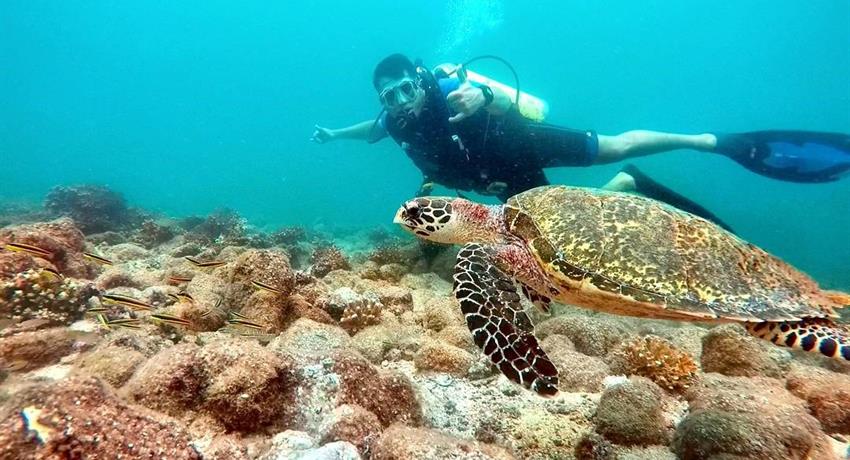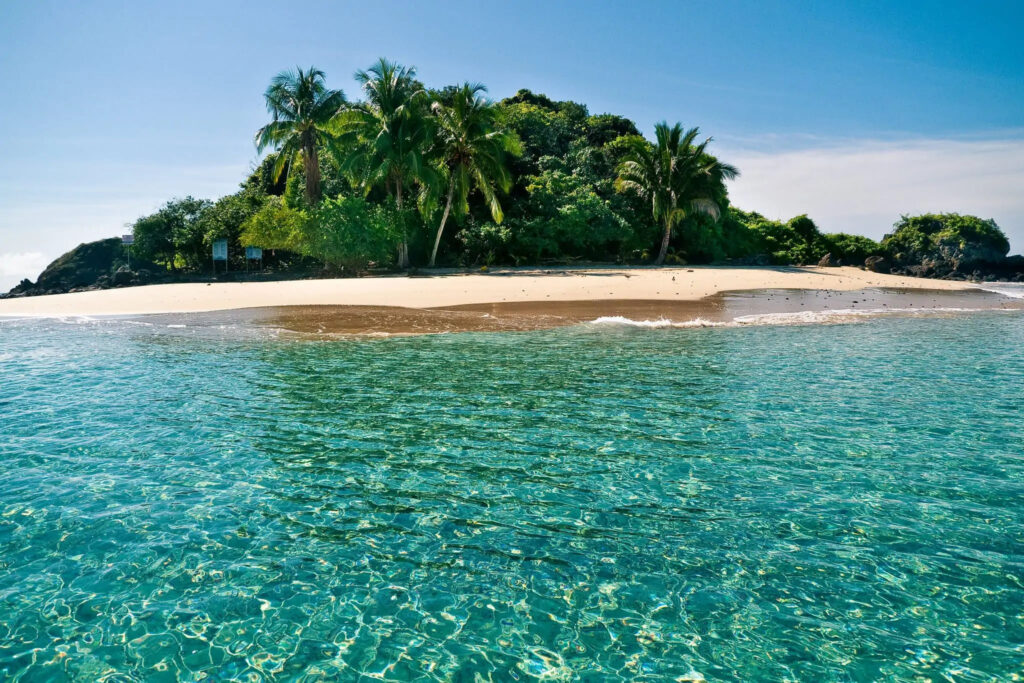Catiland Group Panama is a holding that has been developed since the late nineties and that dedicated itself to protecting and conserving important areas of unique and privileged lands on the Pacific coast of Panama
The lands, grouped into areas that create, through their scale and diversity, a significant opportunity for the development, regeneration and restoration of a coastal ecosystem, interconnected with the environmental balance and biodiversity of this special marine zone of the Pacific reinforced by the creation of COIBA as a UNESCO site in 2005 and the signature of the Panamanian Government in June 2022 de Within the framework of President Laurentino Cortizo Cohen’s participation in the IX Summit of the Americas, the foreign ministers of the four countries that make up the Tropical Pacific Marine Corridor (CMAR), Costa Rica, Ecuador, Colombia and Panama, signed a Memorandum of Understanding with the United States to strengthen international cooperation for this important area of international conservation.
Since 2012, the Company has strived to develop land protection by collaborating and employing area people to help consolidate and secure the land under its control, establishing a field, environmental and collaborative maintenance program (in the case of Bahia Honda) with the Smithsonian Institution.
In 2019 the development establishment and protection of this environmental value was declared ready to enter the next phase of incorporating other investors whose objectives maintain the legacy of this work.
The Pacific coast of Panama is one of the most diverse ecological systems left in pristine condition. Catiland land is strategically located within the largest marine ecosystem of Coiba, a UNESCO protected Marine Park famous for its extraordinary marine and terrestrial biodiversity. Smithsonian Institute for Tropical Research.
A very significant economic amount has been invested, initially in the acquisition and then the defense of land for the protection, regeneration and reforestation of areas, especially coastal areas
These areas are vital to the umbilical and fundamental relationship with the island of Coiba as is recorded in the study, ‘Estudios sobre la Biodiversidad de la Región Bahía Honda .
This definitive environmental and social analysis of the area was carried out by Castroviejo and Ibáñez, in association with the Smithsonian, and they published a comprehensive book on Bahía Honda’s biodiversity in 2006 called ‘Estudios sobre la Biodiversidad de la Región Bahía Honda (Veraguas, Panama )’.
The research catalogued a number of new marine and terrestrial species and establishes an excellent baseline for future measurement of environmental performance. The terrestrial inventory also serves as a valuable basis for projects to reforest the continent with native tree species and is essential in helping to define a new Management Plan for Coiba and Bahia Honda.
The Catiland Group properties, the closest titled and developable land feed into this setting with unrivalled marine and coastal experiences. Access to each area is described within the description and as improved acceses these areas become available to discerning travellers who look for this integration with primary environmental habitats.

It identified the Gulf of Chiriquí as a key area for ecotourism and marine tourism in the country, with a special opportunity to sustainably develop the use of the Coiba Marine National Park.
The region is still undeveloped for tourism, but offers the following Ecotourism development attributes:

The jewel in the crown is the island of Coiba. This marine ecosystem represents a unique opportunity for developers to provide a variety of residential products with access to the ocean and nature at its most primal.
Marine life can be characterized as one of the best in the world, and the Gulf of Chiriquí and Santa Catalina represent the gateway to this environment and its activities. Not surprisingly, there are a number of investment and development opportunities live on this stretch of the coast.
The attractions and qualities are clear to the developers based in Panama
Playa Arrimadero
View Details
Playa Gorgona
View Details
Playa Arrimadero
View Details
Playa Gorgona – Amantes
View Details
Playa Juana
View Details
Playa El Banco
View Details